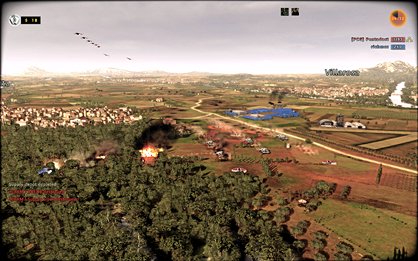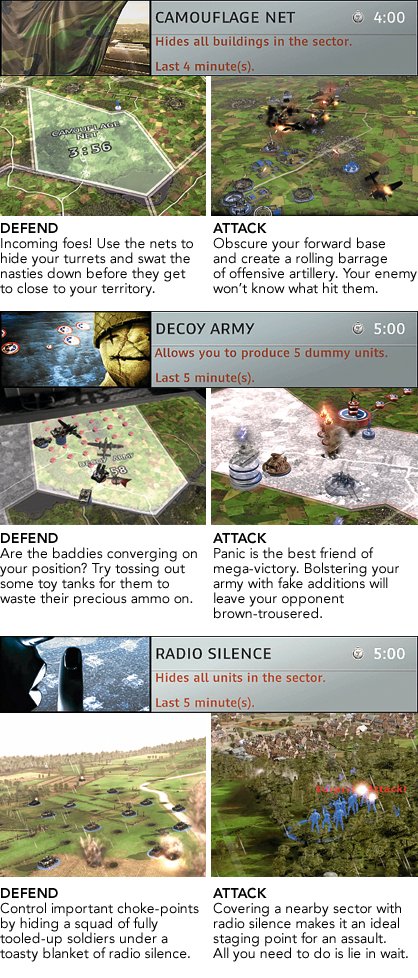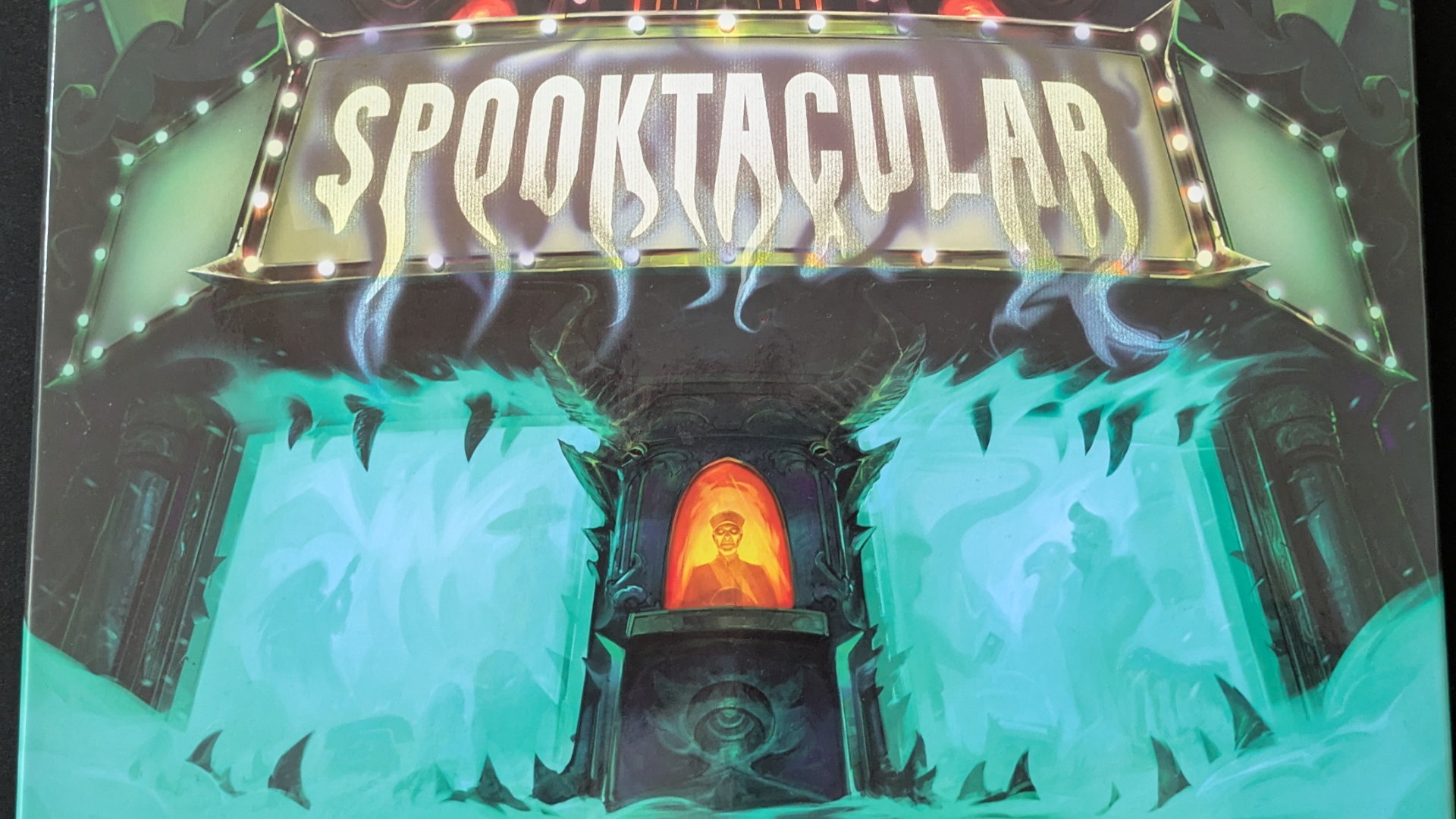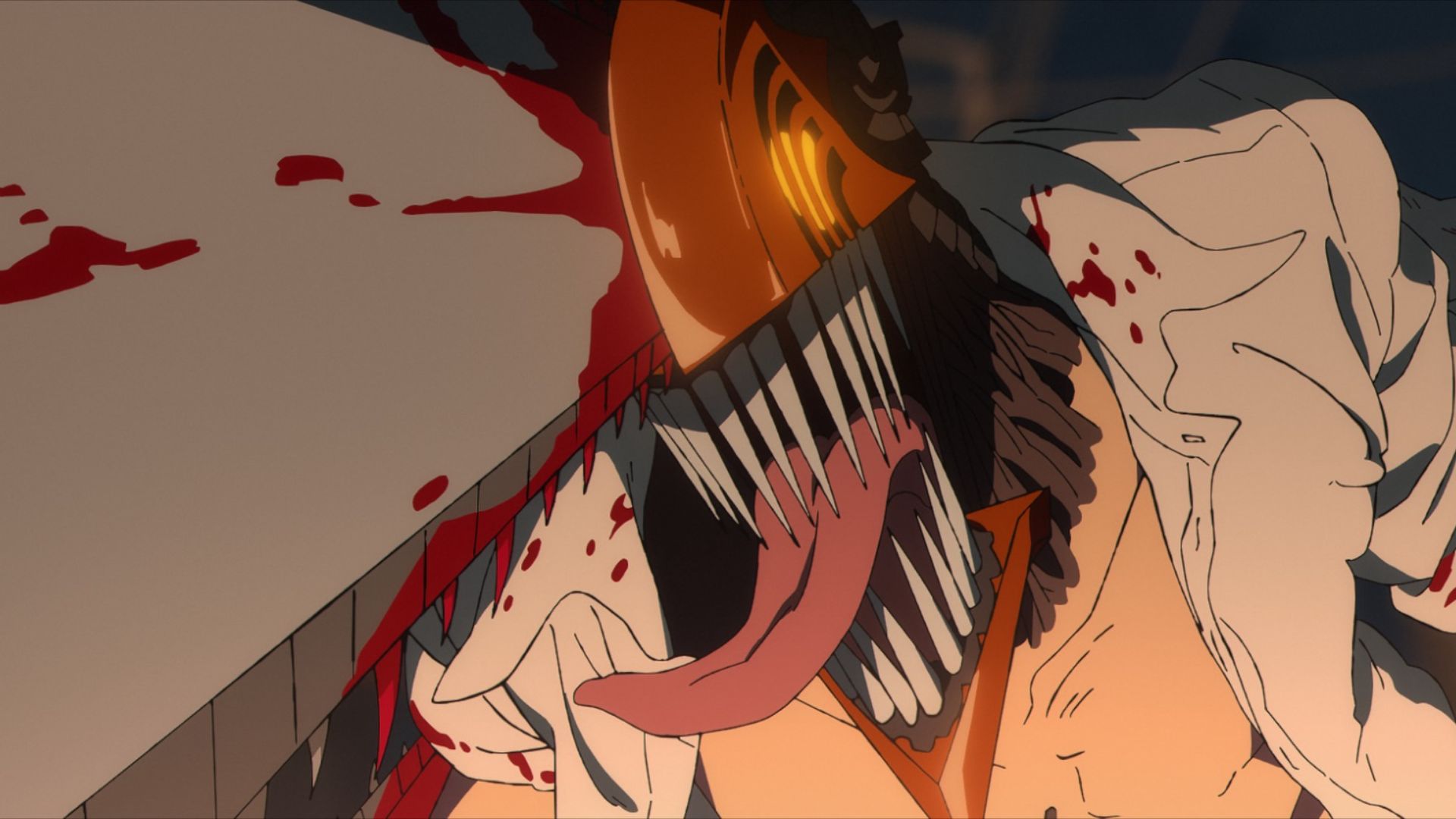RUSE – hands-on
Promising genuine battle strategy on a massive scale... or is it all a trick?
We’ve managed to shore up our right flank with a set of howitzers, but they’re being harassed by fighter-bombers coming over the river. We’re running low on provisions and our reconnaissance vehicles have just caught sight of a bucketload of unidentified enemy units massing on the other side of that ridge. We really need something to hold them off – something to make them think twice before steaming unhalted right into the nerve centre of our base. “New ruse available.” Wait a second, we’ve got an idea.

RUSE is a strategy game built on last-ditch plans. Set in the familiar gamey climes of WWII, players are placed in the war-rooms of the conflict’s top generals. Your default view is a tabletop, but you can zoom in to individual gunnery crews loading shells. Pull the camera out and you’ll see your units stack into Risk-style counters, ready to be shuffled around the sectors of the map at your whim. Pull out further still, and the quiet hum of an office hard at war is your aural companion, lending the necessary level of calm for coordinating a demanding battle.
This distance from the conflict affords RUSE its key conceit: the ability to use sneaky tricks in the form of titletastic ‘ruses’. Each ruse on offer reveals the intentions of a far-distant enemy, or covers your own scurrilous tracks as you concoct a scheme. An explodey scheme.
Accessed from the same build menu as troops and buildings, matches begin with access to a set number of ruse cards that can be played at any time in set sectors of the map. Time and success in battle refill your haul and you can play several cards at once, but they’re valuable things, able to win a battle when used well. A foe smashed to a stalemate by an assault, for example, can be tipped into surrender with careful manipulation of the intelligence he has at his disposal. Here are a few examples of ruse choices:

The poker chips lined up on the other side of that hill look innocent enough, but we know their target: us. We throw down the first, revealing the orders of our foe – uncovered before our eyes are two red attack arrows, lancing directly toward our primary supply depot. There’s no way we can defend against a frontal assault - we have to buy some time.

Resources are limited – players only need supply points to build units, but the nodes that produce these are finite. Trying to create a balanced, conquering force takes a long time; more than enough for your foe to pump their cash into one sector and overwhelm you. Landing in RUSE without a brain stuffed with plans A through Q is tactical suicide.
Weekly digests, tales from the communities you love, and more


